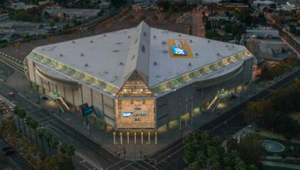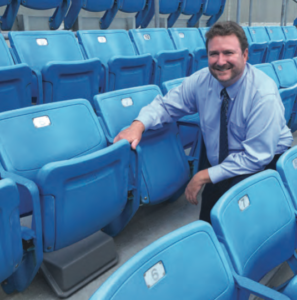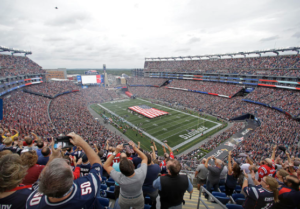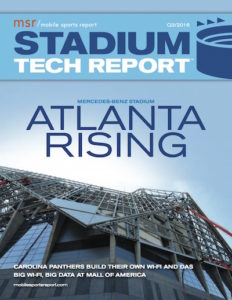Perhaps even more impressive than the total tonnage numbers are the number of unique connections reported during the four-hour span during which Texas A&M recorded statistics: According to a press release from A&M, just more than 52,000 fans connected to the Wi-Fi network at some point, 49 percent out of a total of 106,248 attending the Oct. 8 game. The Wi-Fi network also saw nearly 32,000 fans connected to the Wi-Fi network at the same time, with both numbers surpassing Kyle Field’s previous high totals for both metrics.
Last year, the new Wi-Fi network at Kyle Field saw 5.7 TB of Wi-Fi use for a home game against Alabama, with 37,823 unique clients recorded during pre-game and game time, as well as a 26,318 peak concurrent user count.
No upgrades needed
We are still hoping to circle back with A&M folks to hear more about the second year of Kyle Field’s networks, but sources close to the operation said that so far, neither the Wi-Fi network nor the DAS network has needed any system upgrades since the networks went live last year.
On the DAS side of things, AT&T reported that it saw 2.2 TB of DAS traffic on its Kyle Field networks for Oct. 8; though it’s not confirmed by Verizon, A&M reported a total of 3.8 TB of DAS usage, and since Sprint and T-Mobile are not yet on the DAS, it seems safe to say there was 1.6 TB of Verizon traffic on the DAS Oct. 8. AT&T and Verizon both paid $5 million each to help build the networks at Kyle Field, which had a total price tag of just north of $20 million according to school officials.












